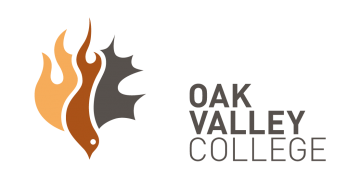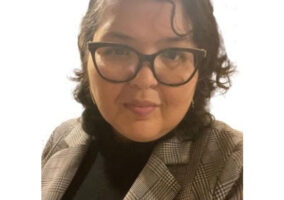RUHS Medical Center Welcomes Resident Physician Displaced by Sudden Closure of Philadelphia-based Teaching Hospital

MORENO VALLEY, Ca.—When Hahnemann University Hospital suddenly announced its bankruptcy and imminent closure this summer, Dr. Michele Van Hal was among more than 570 resident physicians at the Philadelphia-based public teaching hospital who unexpectedly found themselves without an academic program to continue their training.
“We were shocked. Everything was so tenuous. The hospital closed so quickly. Lives were uprooted. Each of us had to find a medical residency program somewhere in the country that would agree to accept us,” said Van Hal. “It’s a very scary position to find yourself. The last thing you want is long gaps in your training.”
This week as Hahnemann University Hospital formally ended its anesthesiology program—Van Hal began her final year of residency training at RUHS—Medical Center. By welcoming Van Hal into its program, the 126-year-old public teaching hospital in Moreno Valley was among the first programs in the country to offer one of Hahnemann’s displaced residents a new home.
“It’s what we do as a partner in the safety net system,” said Jennifer Cruikshank, chief executive officer at RUHS Medical Center, where more than 1,000 medical students and residents train annually in residency programs sponsored by RUHS and through affiliations with schools of medicine at UC Riverside, Loma Linda University and others.
“Our mission is to deliver high-quality care to our most vulnerable communities, to train new doctors and to prepare a healthcare workforce that successfully advances the health of our region,” Cruikshank said.
Safety net hospitals like RUHS—Medical Center make up just 5 percent of the nation’s hospitals. Yet, they treat more uninsured and Medicaid patients while training seven times more physician residents than other U.S. teaching hospitals. Nevertheless, the nation’s public hospitals cannot fully meet the national demand for new doctors.
Dr. Michele Van Hal, M.D.
The Association of American Medical Colleges predicts the nation may be short by 100,000 doctors in just over a decade. The crisis is even worse in the Inland Empire, which has the lowest physician-to-resident ratio in California, with only about half the recommended doctors per 100,000 people.
Preserving and expanding medical residency spaces is crucial to addressing the shortage, said Dr. Bruce Siegel, president and CEO of America’s Essential Hospitals, a national association that represents more than 300 hospitals with a safety-net role in the communities they serve.
“The growing physician shortage threatens access to healthcare for all Americans, especially vulnerable people in underserved communities,” Siegel said.
Training to become a doctor takes about 14 years. Medical residency programs usually last between 3 to 5 years after a doctor has graduated from medical school. Some specialties such as neurosurgery require a 7 year residency. Even though spots in residency programs are extremely competitive nationally, hospitals are stepping up to help the new doctors find new homes.
“There has been an outpouring of support from members of the graduate medical education community to offer positions to residents and fellows displaced by the Hahnemann University Hospital closure so they can quickly return to their education and to caring for patients,” said Dr. Thomas J. Nasca, president and chief executive officer of the Accreditation Council for Graduate Medical Education, which sets standards and accreditation for U.S. graduate medical education.
“We are tremendously grateful for the support of Riverside University Health System in welcoming the anesthesiology resident,” Nasca said.
Dr. Arnold Tabuenca, chief medical officer at RUHS—Medical Center, said the residents at Hahnemann have come too far to see their opportunity to serve as physicians jeopardized by the inability to find programs where they can complete their training.
“It’s an honor to play a small part in continuing Dr. Van Hal’s journey in medicine, just as it is an honor to support the journey of hundreds of dedicated new doctors who come through our doors each year to learn how we innovate and care for patients,” Tabuenca said.
Van Hal says she hopes to enter a fellowship after completing her residency at RUHS—Medical Center. She looks to her mother—an internal medicine physician—as a role model and mentor.
“It is a privilege and an honor to be a doctor,” Van Hal said. “I’m looking forward to continuing my training here and working among a great group of physicians and providers at RUHS—Medical Center. My heart goes out to my colleagues at Hahnemann who are still searching for a place to land.”
To learn more about the impacts of Hahnemann’s closure on residents visit https://acgme.org/Newsroom/Newsroom-Details/ArticleID/9543/ACGME-Continues-to-Support-Hahnemann-Residents-and-Fellows
























